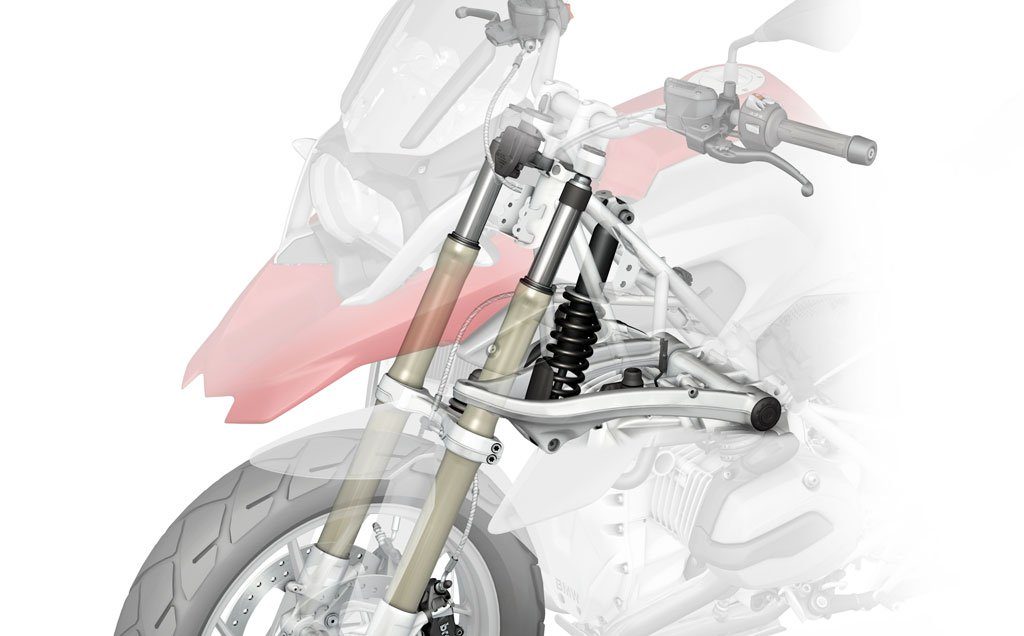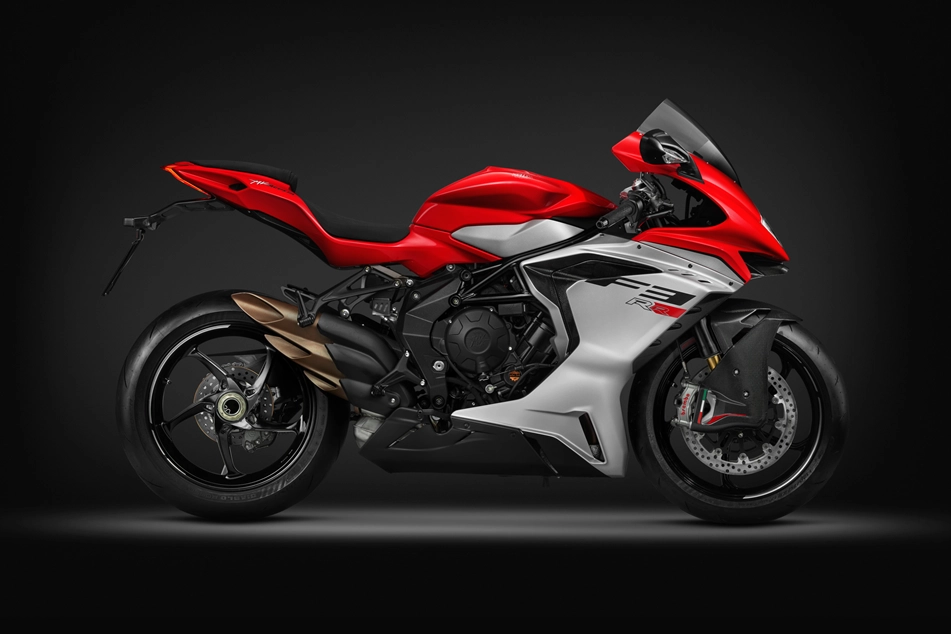-
The BMW R 1200 GS uses the trademark BMW Telelever front suspension.
-
The system separates suspension forces from steering forces.
-
In doing so it provides superb manoeuvrability and comfort.
A newfound friend and I were chatting about bikes and more, of course but let’s keep it to bikes here since this is Bikes Republic and not the Sarawak Report.
He owns a 2016 BMW R 1200 GS Adventure, on which he had toured all the way to the Mae Hong Son loop and back a few times on it besides many other places.
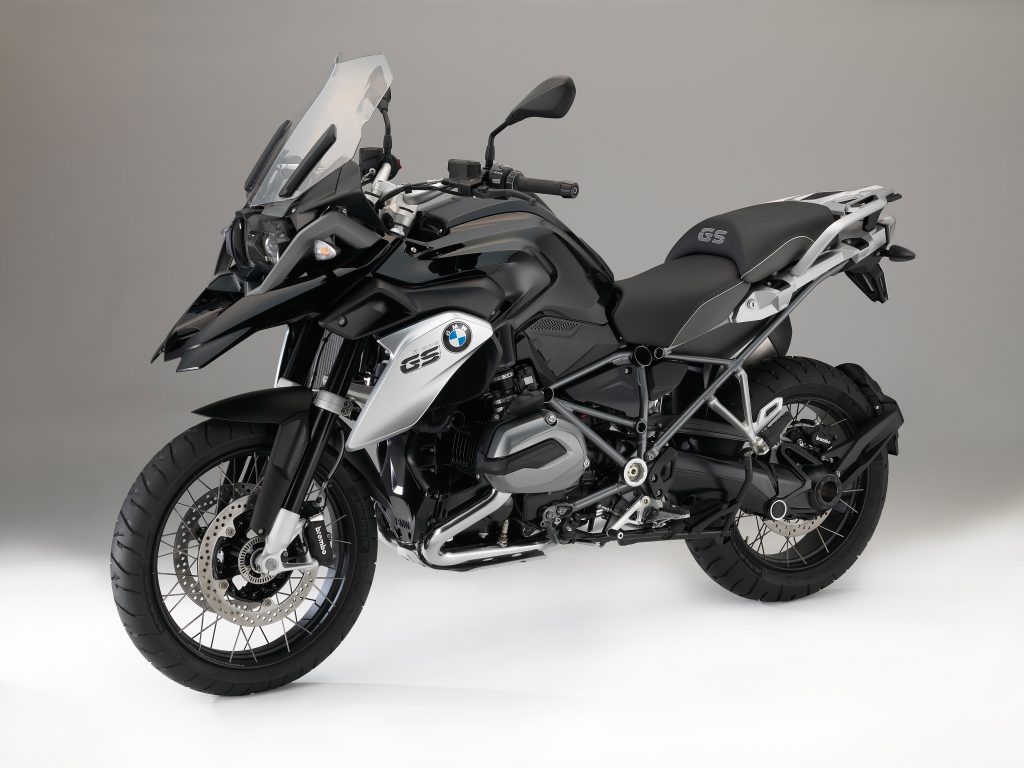
Now, although I don’t own a GS, I’ve ridden one over quite some distance too. If you could recall the GIVI Golden Triangle Adventure in November last year, I had ridden a 2013 BMW R 1200 GS LC from KL to Pattaya and back, covering around 3200 km.
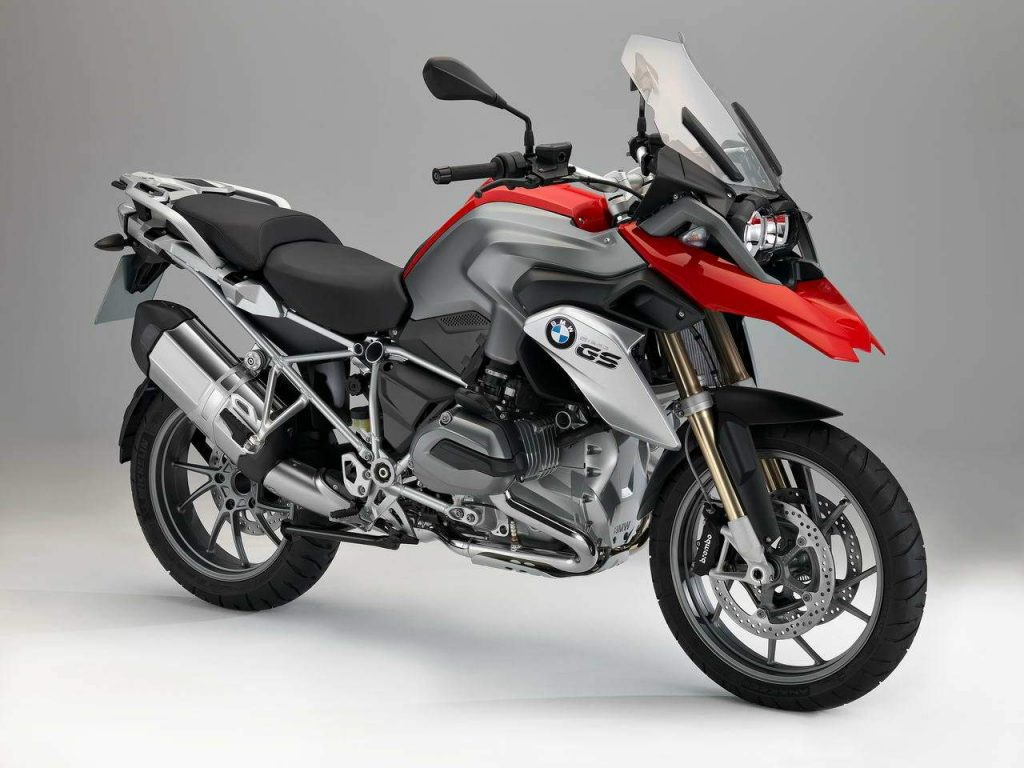
That trip firmly convinced me why BMW owners swear by it. It’s when you have to ride through treacherous conditions, or when your mind and body are exhausted, the R 1200 GS just keeps going. And going. And going.
A large part of that character is due to the bike’s Dynamic ESA /ESA II electronic suspension. It controls the damping electronically, removing bumps that would otherwise tire out the rider in a hurry.
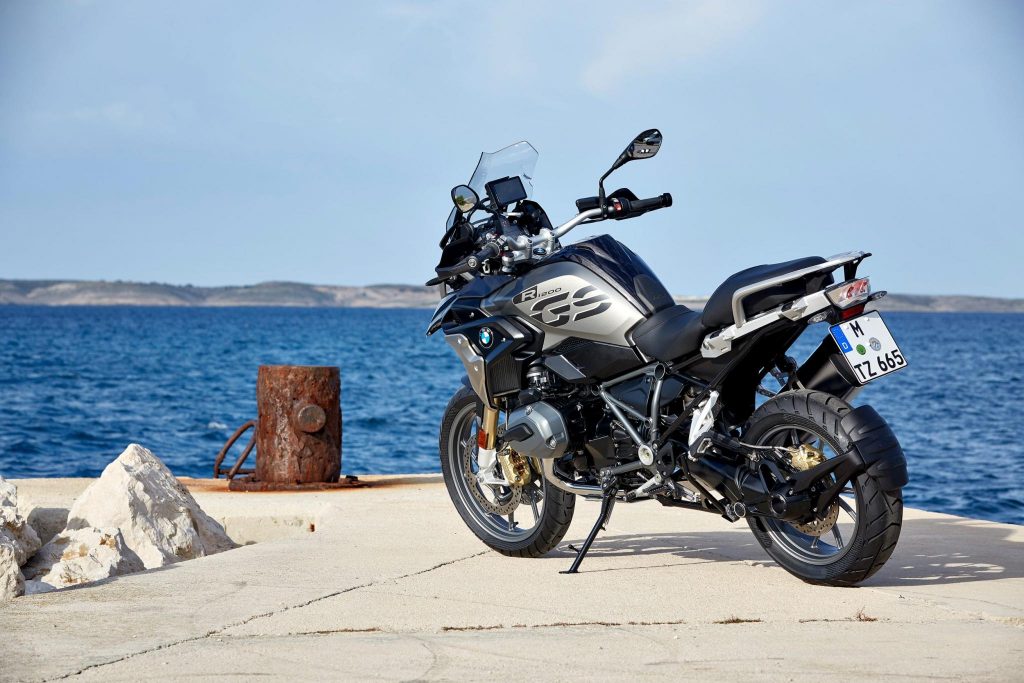
However, as much as having a “smart” suspension, there’s no going around the Telelever’s basic setup at the front. The spring and damper are moved out of the fork tubes and placed at a separate location. The spring and fork tubes are then connected via an A-arm, also known as a wishbone to the frame. BMW did this to separate the damping forces from the steering. We wondered why the set up isn’t used in performance bikes. A little research revealed some interesting answers.
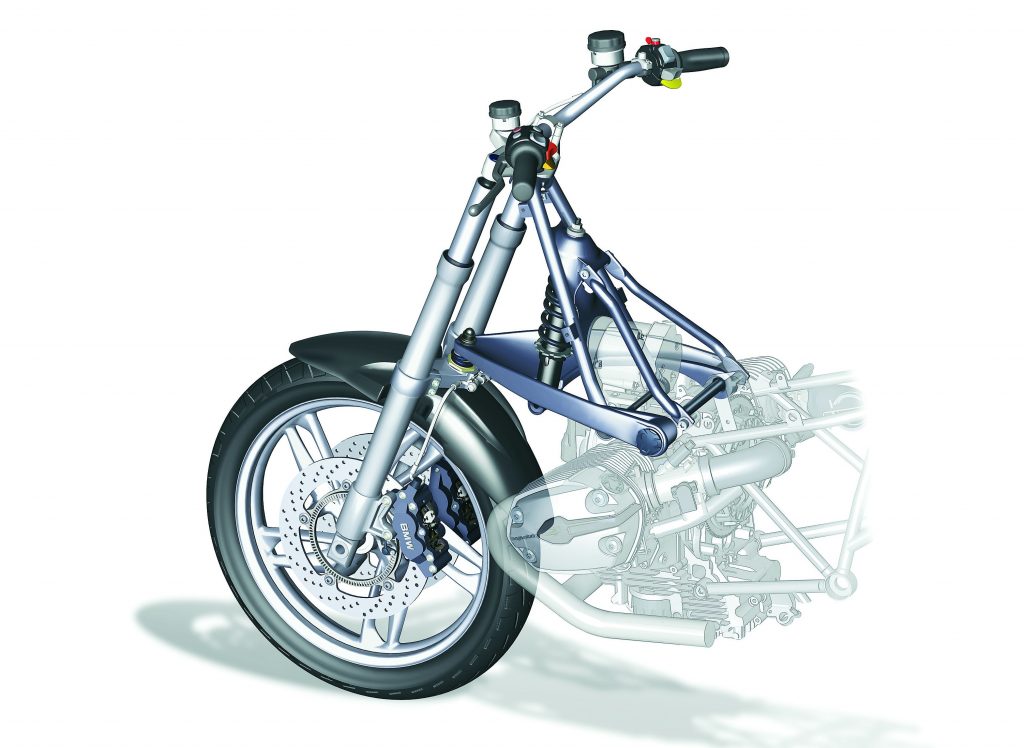
The traditional telescopic forks, whether “normal” or upside-down, suspend and also steer the bike. Let’s take a look at the picture below.
The forks connect to the frame via the headstock and forms a triangle. This makes the headstock as the weakest point in this connection, yet the forks and frame transmit loads into it.
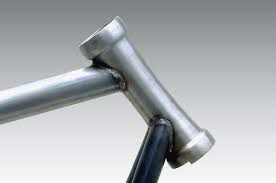
Imagine the forces pushing up into the headstock from the rear tyre when accelerating, and the forces pushing up the fork under heavy breaking. At the same time, consider the bike’s and rider’s weights squashing down from above. All these forces threaten to split the fork-frame triangle like Jean-Claude Van Damme right at the headstock. This is why the front fork and wheel assembly comes off in some heavy accidents.
While this is happening, the rider steers the bike using the exact same components that are transmitting the forces to the headstock, frame, etc. Yes, those very same forces that threaten to tear the forks off the frame.
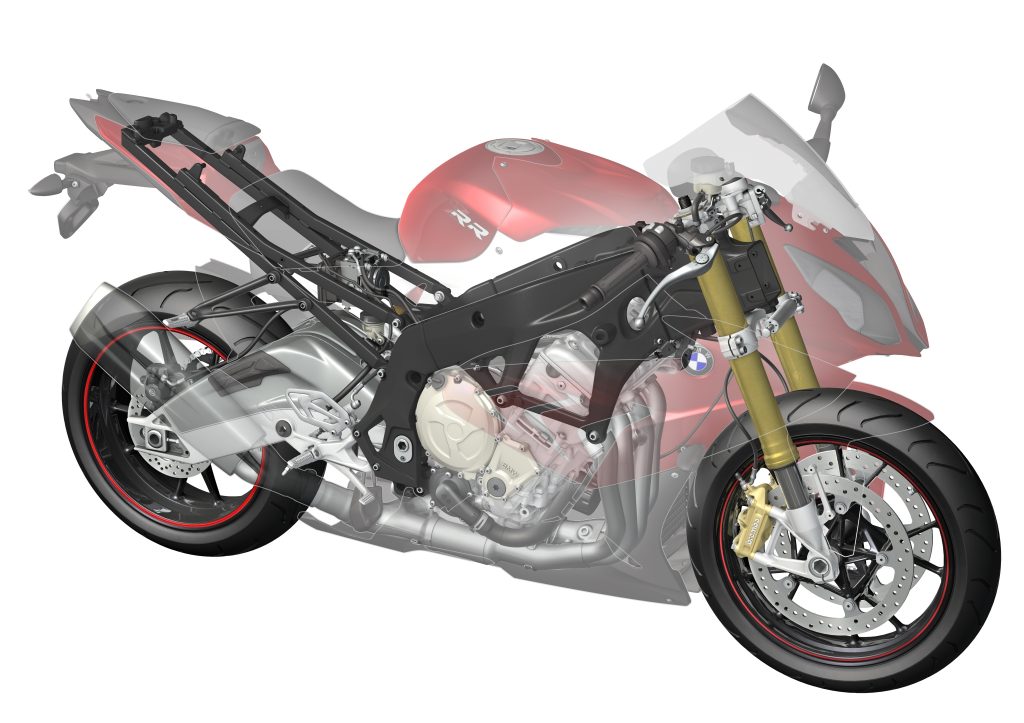
What that means is the forces you feel at the handlebar are the total, the sum, of all these forces acting in unison, plus the cornering forces such as camber thrust, weight, rolling drag torques, etc. That’s not necessarily a bad thing since that’s what riders call “front-end feedback.” The darker side, on the other hand, is when the rider lets off the throttle or applies the front brake abruptly in mid-corner, consequently transferring weight to the front and pushing the bike wide. That self-righting torque (the bike standing up) usually panics riders, causing them to think that they’ve run out of grip hence not forcing the bike back down to make the turn. This is why one overshoots a corner.
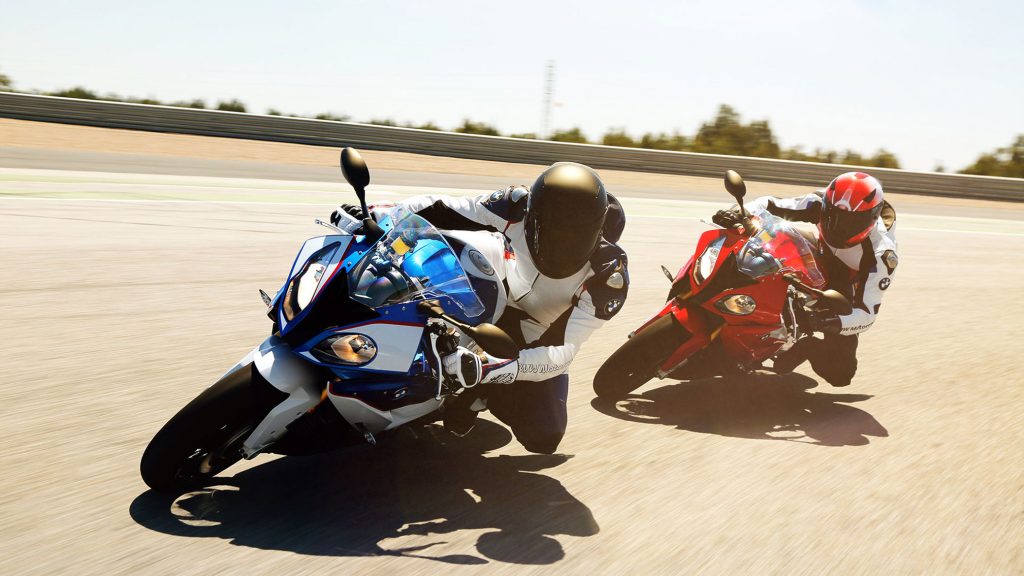
The Telelever and Duolever remove those forces from the steering; although the former still leaves some load through to the headstock and frame, while the latter completely isolates steering from suspension duties. The Telelever is the reason why the R 1200 GS is so easy to manoeuvre even extremely slow speeds, as exhibited by the tests in the GS Trophy. The Duolever system fitted to the K 1600 full-dress tourer line-up gives the bikes surprisingly light steering, despite their heft.
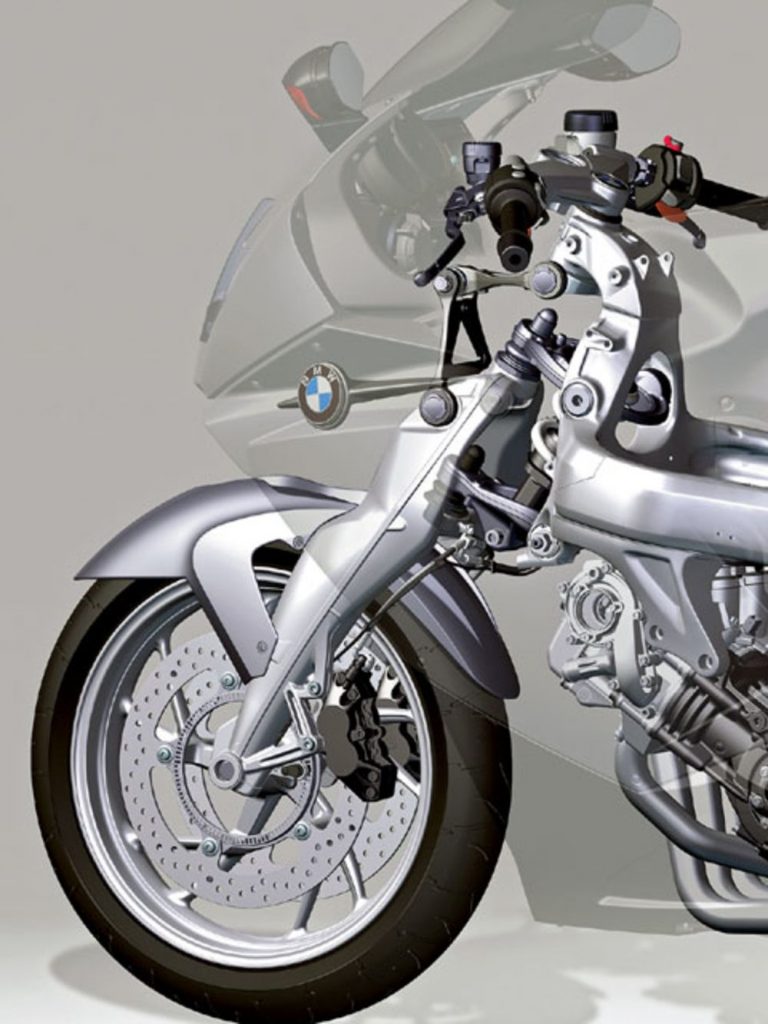
By if the Telelever is that good, why isn’t it used on performance bikes, much less in competition, say MotoGP? Part of the feedback is missing at full lean. It may be okay for road riding where speeds and tyre loads are much lower but not in racing where the rider needs to listen to the tyres.

